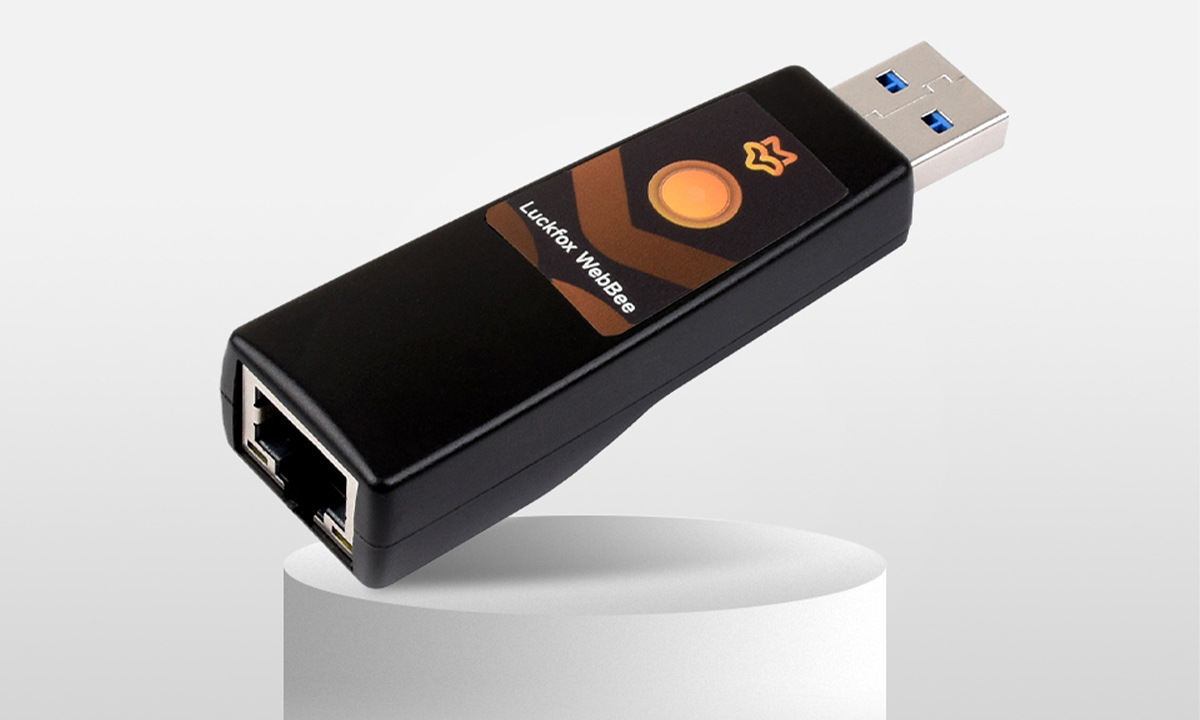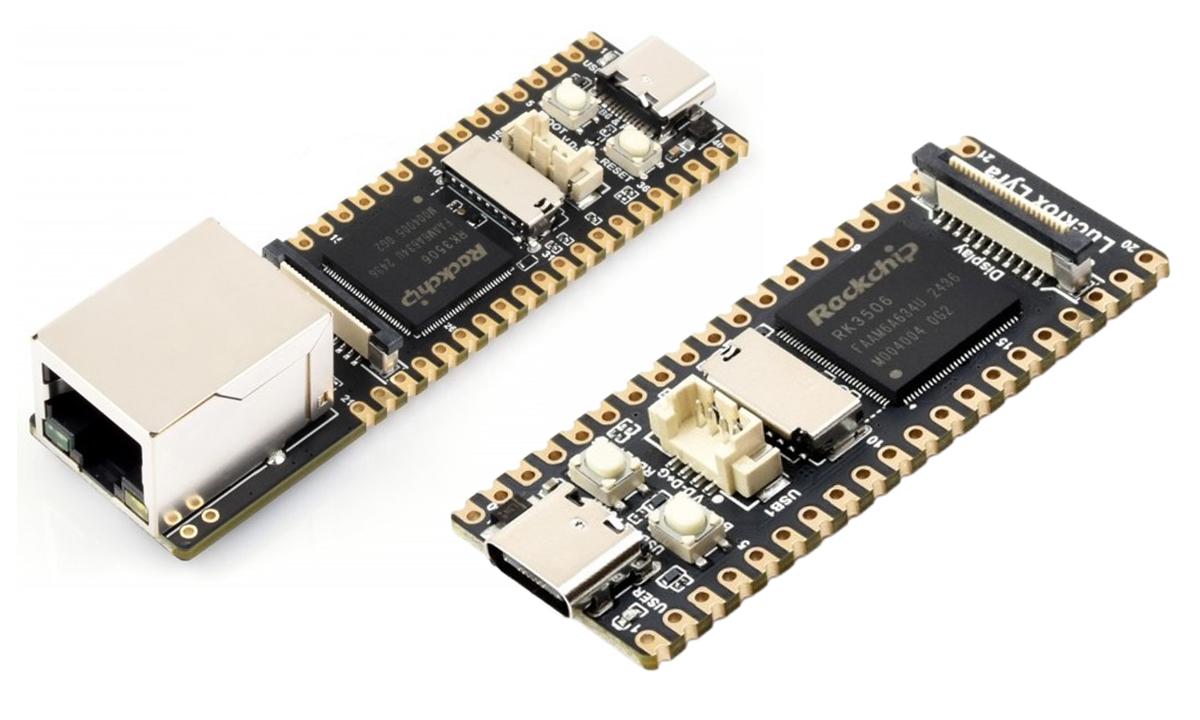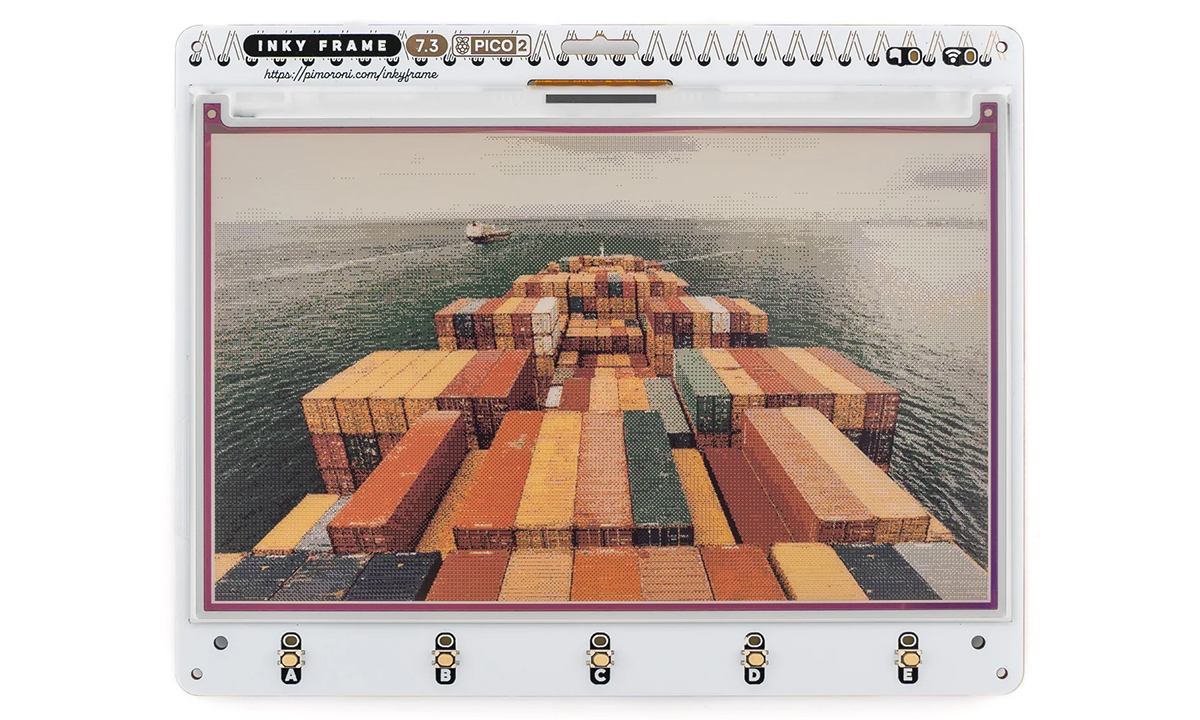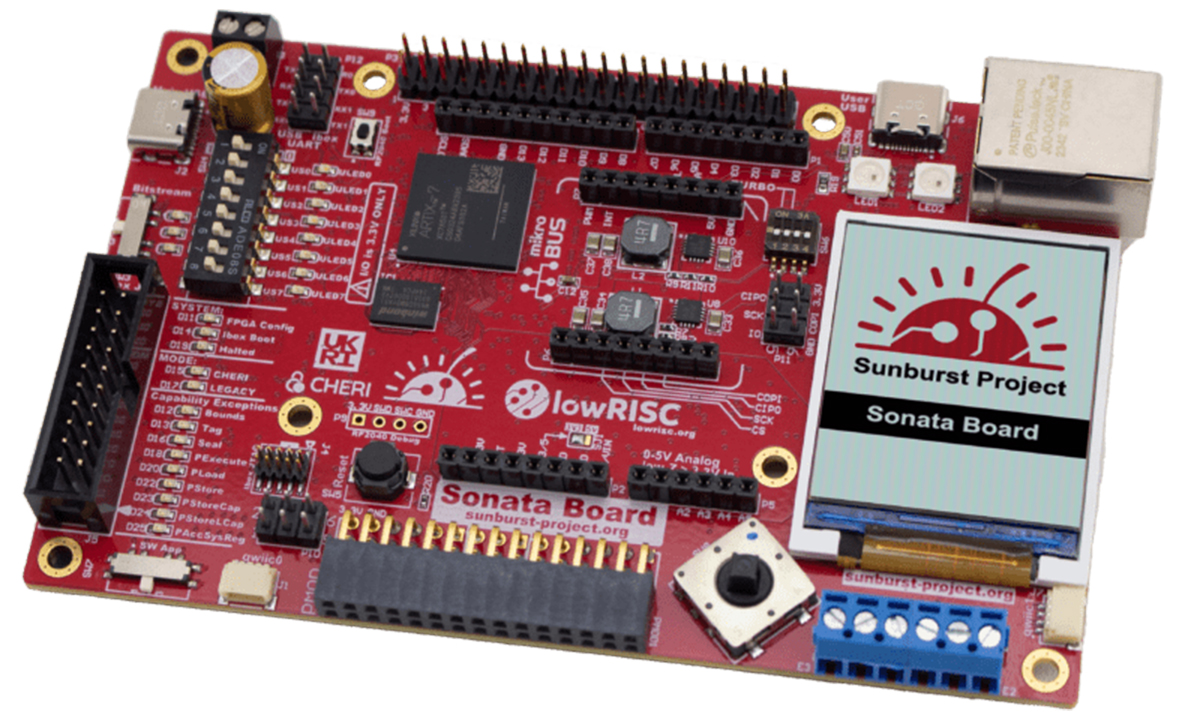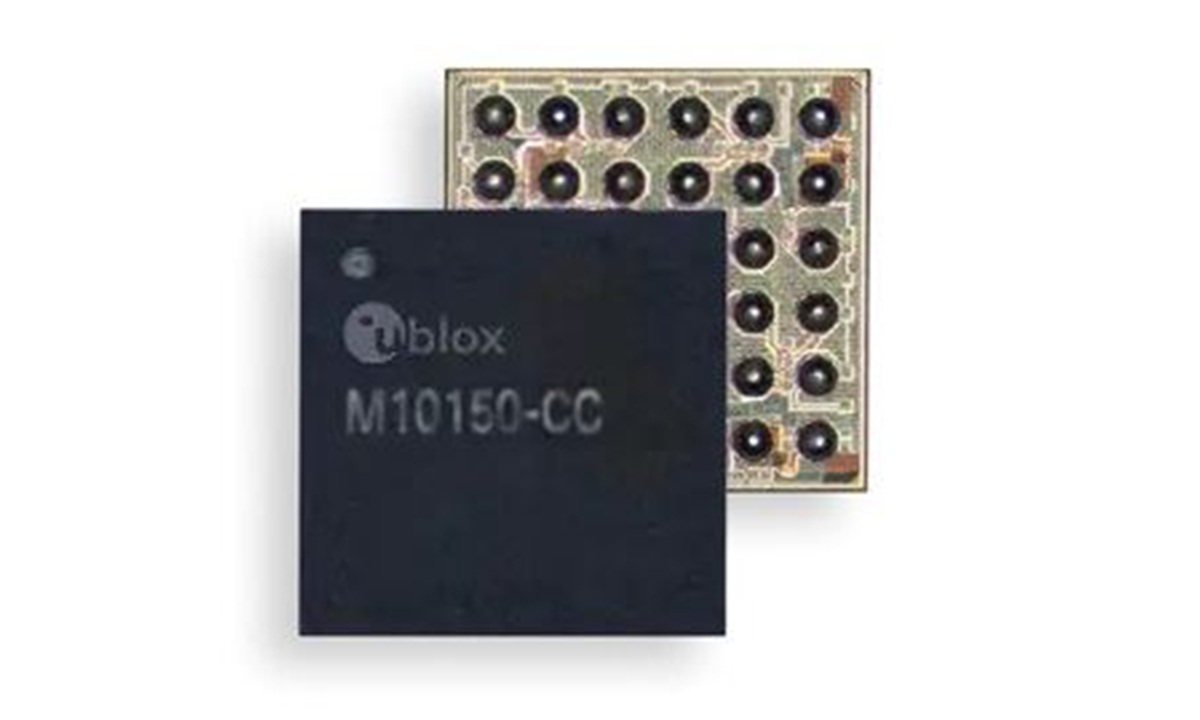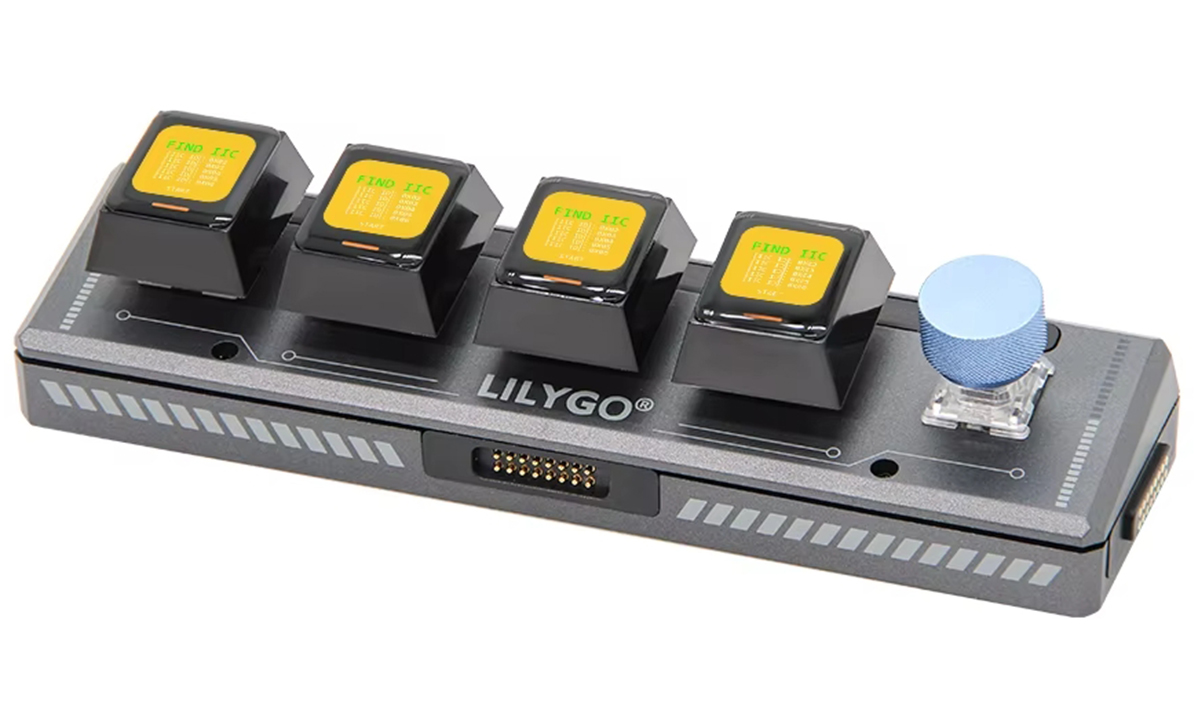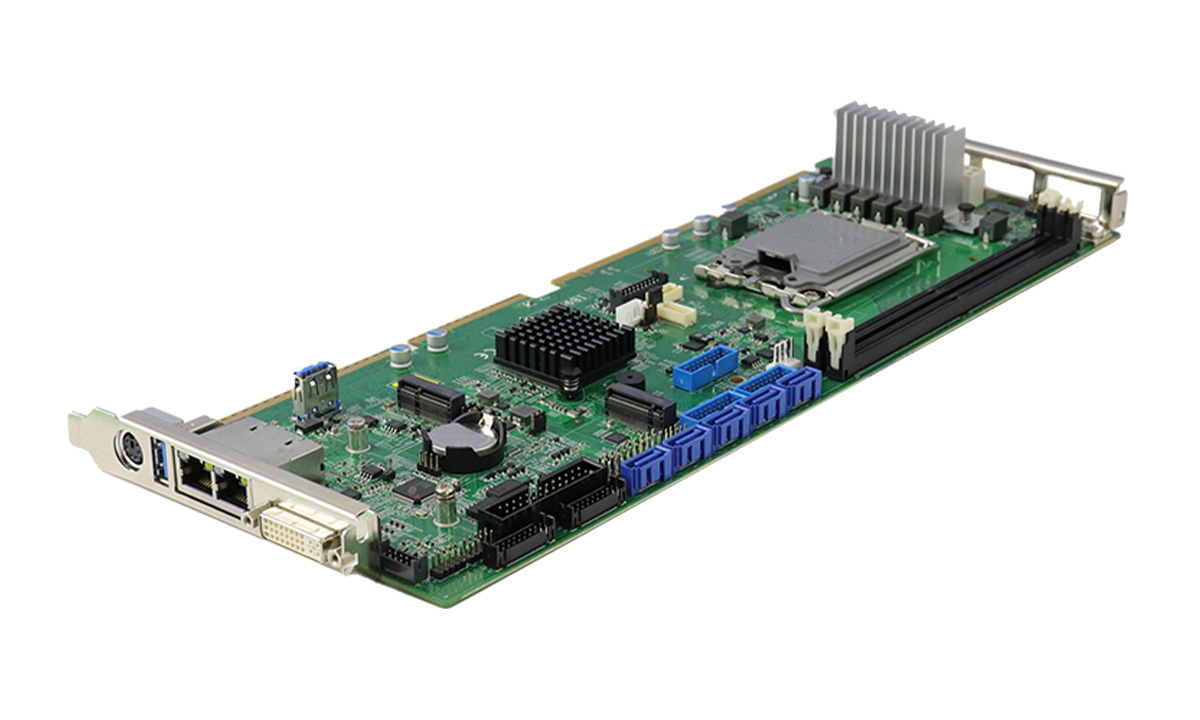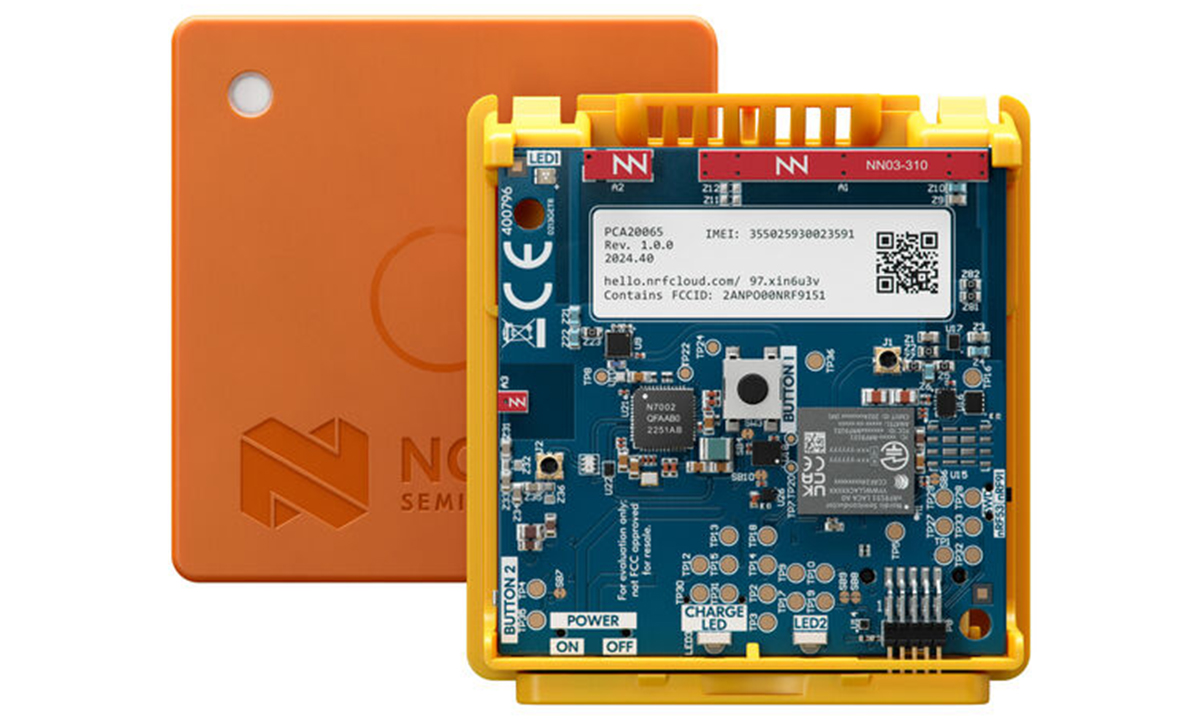Luckfox has launched the Pico WebBee, a Linux-based micro development board powered by the Rockchip RV1103 Cortex-A7 SoC with 64MB of on-chip RAM. Externally, the Pico WebBee resembles a USB dongle enclosed in an ABS case with a USB Type-A port and a 100Mbps Ethernet RJ45 port. Additionally, it includes an internal microSD card slot and a boot button. The board is designed for applications such as lightweight web servers, USB scripting tools, and smart home devices. It’s not quite the first Rockchip RV1103 solution from Luckfox, as we previously covered the Luckfox Pico Mini Arm Linux camera board and the Luckfox Pico Plus camera board with an Ethernet port. The Pico WebBeee is quite different in its form factor (it’s a complete device), and it also lacks a camera interface. Luckfox Pico WebBee specifications: SoC – Rockchip RV1103 G1 CPU – Single-core Arm Cortex-A7 processor @ 1.2GHz + RISC-V […]
Luckfox Lyra boards feature Rockchip RK3506G2 triple-core SoC, display interface, optional Ethernet port
The Luckfox Lyra boards feature a Rockchip RK3506G2 triple-core Arm Cortex-A7 SoC with one Cortex-M0 real-time core, 128MB on-chip DDR3, a MIPI DSI display interface, and built on a 22nm process. Three versions are available with the Luckfox Lyra, Lyra B (with 256MB flash), and Luckfox Lyra Plus offering similar features, but the longer Plus model also adds a 10/100Mbps Ethernet RJ45 connector besides having 256MB SPI NAND flash. These are Luckfox’s first boards featuring the RK3506G2 processor, offering Ethernet connectivity and a display interface. But it’s not quite the first Arm Linux board from the company with Ethernet and a display interface, and we covered the Luckfox Pico Ultra micro development board all based on a Rockchip RV1106G3 SoC earlier this year. The company also introduced the similar-looking LuckFox Pico Pro and Pico Max boards powered by an RV1006G2 SoC in February, but instead of a display interface, they […]
Inky Frame 7.3″ is a 7-color ePaper display powered by a Raspberry Pi Pico 2 W
The Inky Frame 7.3″ is a Pico 2 W ePaper display featuring a 7.3-inch E Ink screen with 800 x 480 resolution and 7-color support. Other features include five LED-equipped buttons, two Qwiic/STEMMA QT connectors, a microSD card slot, and a battery connector with power-saving functionality. This Pico 2 W ePaper display is ideal for low-power applications such as home automation dashboards, sensor data visualization, and static image displays. E Ink technology ensures energy efficiency by consuming power only during screen refreshes while retaining images when unpowered. Flexible mounting options and included metal legs make it suitable for various setups. Previously, we covered the Waveshare 4-inch Spectra, a six-color ePaper display, along with other modules like the Inkycal v3, Inkplate 4, EnkPi, Inkplate 2, and more. Check them out if you’re interested in exploring these products. The Inky Frame 7.3″ specifications: Wireless module – Raspberry Pi Pico 2 W SoC […]
Sonata v1.0 RISC-V platform combines AMD Artix-7 FPGA and Raspberry Pi RP2040 MCU, features CHERIoT technology for secure embedded systems
lowRISC has released Sonata v1.0, a stable platform developed under the Sunburst project. Designed for embedded systems engineers, Sonata supports CHERIoT technology, enabling features like compartmentalization and enhanced memory safety. It provides a reliable foundation for building secure embedded systems. CHERIoT is a security-focused technology built on lowRISC’s RISC-V Ibex core, based on CHERI research from the University of Cambridge and SRI International. It addresses memory safety issues like buffer overflows and use-after-free errors using CHERI’s capability-based architecture. The CHERIoT capability format includes permissions for memory access, object types for compartmentalization, and bounds to restrict accessible memory regions. These features enable scalable and efficient compartmentalization, making it suitable for securely running untrusted software in embedded systems. Sonata v1.0 leverages this architecture to isolate components like network stacks and kernels within the CHERIoT RTOS. The lowRISC Sonata v1.0 specifications: FPGA – AMD Xilinx Artix-7 (XC7A35T-1CSG324C) CPU – AMD MicroBlaze soft-core based on […]
u-blox UBX-M10150-CC – A tiny GNSS receiver chip for wearables with 10mW power consumption
u-blox has launched the UBX-M10150-CC GNSS receiver chip tailored for wearables such as sports and smartwatches thanks to its tiny size (2.39 x 2.39mm) and an ultra-low power consumption of just 10mW. The chip supports GPS, Galileo, BeiDou, and QZSS/SBAS constellations and features LEAP (Low Energy Accurate Positioning) technology for efficient and accurate positioning up to a 1.5m range. u-blox UBX-M10150-CC specifications: Receiver type – u-blox M10 engine GNSS technology GPS L1 C/A, QZSS L1 C/A/S, BeiDou B1I/B1C, Galileo E1B/C SBAS L1 C/A – WAAS, EGNOS, MSAS, GAGAN Navigating Frequency – Up to 2 Hz (LEAP) and up to 12 Hz (High Performance) Accuracy – 1.5 m CEP (Circular Error Probable), horizontal position Response Time – Cold Start (28s), Hot Start (1s), Aided Start (1s) Sensitivity Tracking & Navigation (-159 dBm), Reacquisition (-158 dBm) Cold Start (-148 dBm), Hot Start (-159 dBm) Tracking features LEAP technology Data batching – […]
T-Keyboard-S3 Pro 4-Key USB mechanical keyboard adds rotary encoder, support for daisy-chaining up to six keyboards
Last year, we featured the T-Keyboard-S3, a USB mechanical keyboard with ESP32-S3, and four mechanical keys each fitted with a 0.85-inch color display. The upgraded T-Keyboard-S3-Pro adds a rotary encoder and four magnetic interfaces on each side controlked by an STM32G030 MCU to daisy-chain the host keyboard with up to 5 slave keyboards in a 3×2 grid. Previously, we featured the ANAVI Macro Pad 12, Macro Pad 10, and Macro Pad 2 programmable keyboards. Feel free to explore those as well. LILYGO T-Keyboard-S3 Pro specifications: Wireless module – ESP32-S3-WROOM-1 used in the host model only MCU – ESP32-S3R8 dual-core LX7 microprocessor @ up to 240 MHz with Vector extension for machine learning Memory – 8MB PSRAM Storage – 16MB SPI flash Connectivity – WiFi 4 and Bluetooth 5 with LE/Mesh PCB antenna Secondary MCU – STMicro STM32G030F6P6 for I2C magnetic connectors CPU – Arm 32-bit Cortex-M0+ CPU, frequency up to […]
iBASE IB996 full-size PICMG 1.3 CPU card features Intel Q670E chipset, supports 12th to 14th Gen Intel Core desktop processors
The iBASE IB996 full-size PICMG 1.3 CPU card, built on the Intel Q670E chipset, supports 12th to 14th Gen Intel Core desktop processors. It is designed for industrial and embedded applications with dual 2.5GbE LAN, DDR5 support, and extensive I/O options including PCI and PCIe x16 interfaces. We haven’t covered this type of card on CNX Software before, so some basic explanations are needed. PICMG 1.3, or SHB Express, is an industrial standard for System Host Boards (SHBs) supporting PCIe, PCI, and PCI-X interfaces first ratified in 2005 (PCIMG 1.0). It uses a backplane to separate the processing unit from I/O, enabling modular design and easy integration. Commonly used in industrial automation, medical systems, and embedded computing, it ensures compatibility and scalability for high-performance applications. iBASE IB996 CPU card specifications: Supported SoC – 14th, 13th, and 12th Gen Intel Core i9/i7/i5/i3 desktop processors (LGA1700 socket) based on the Raptor Lake-S […]
Nordic Thingy:91 X multi-sensor cellular IoT platform combines nRF9151 LTE IoT SiP, nRF5340 BLE SoC, and nRF7002 WiFi 6 IC
Nordic Semiconductor introduced the Nordic Thingy:91 in mid-2019, a cellular IoT prototyping platform built around the Nordic nRF9160 system-in-package (SiP). It supports LTE-M, NB-IoT, and GPS, and includes features like an Arm Cortex-M33 core, Arm TrustZone security, and flash memory. The platform is ideal for creating IoT Proof-of-Concepts, demos, and prototypes, making it easy to test and deploy IoT applications. The upgraded Nordic Thingy:91 X features the new Nordic nRF9151 SiP, offering support for LTE-M, NB-IoT, GNSS, and DECT NR+ for global connectivity, integrates the nRF5340 SoC for USB and Bluetooth LE, and the nRF7002 IC for Wi-Fi locations. The platform includes sensors for environmental and motion sensing, one expansion connector for Qwiic/STEMMA QT and Grove modules, and antennas for LTE, GNSS, and Wi-Fi. Additionally, the kit also features a Nano/4FF SIM slot, two SIM cards, and a 1,350 mAh Li-Po battery managed by nPM6001 and nPM1300 PMICs, to support field […]


